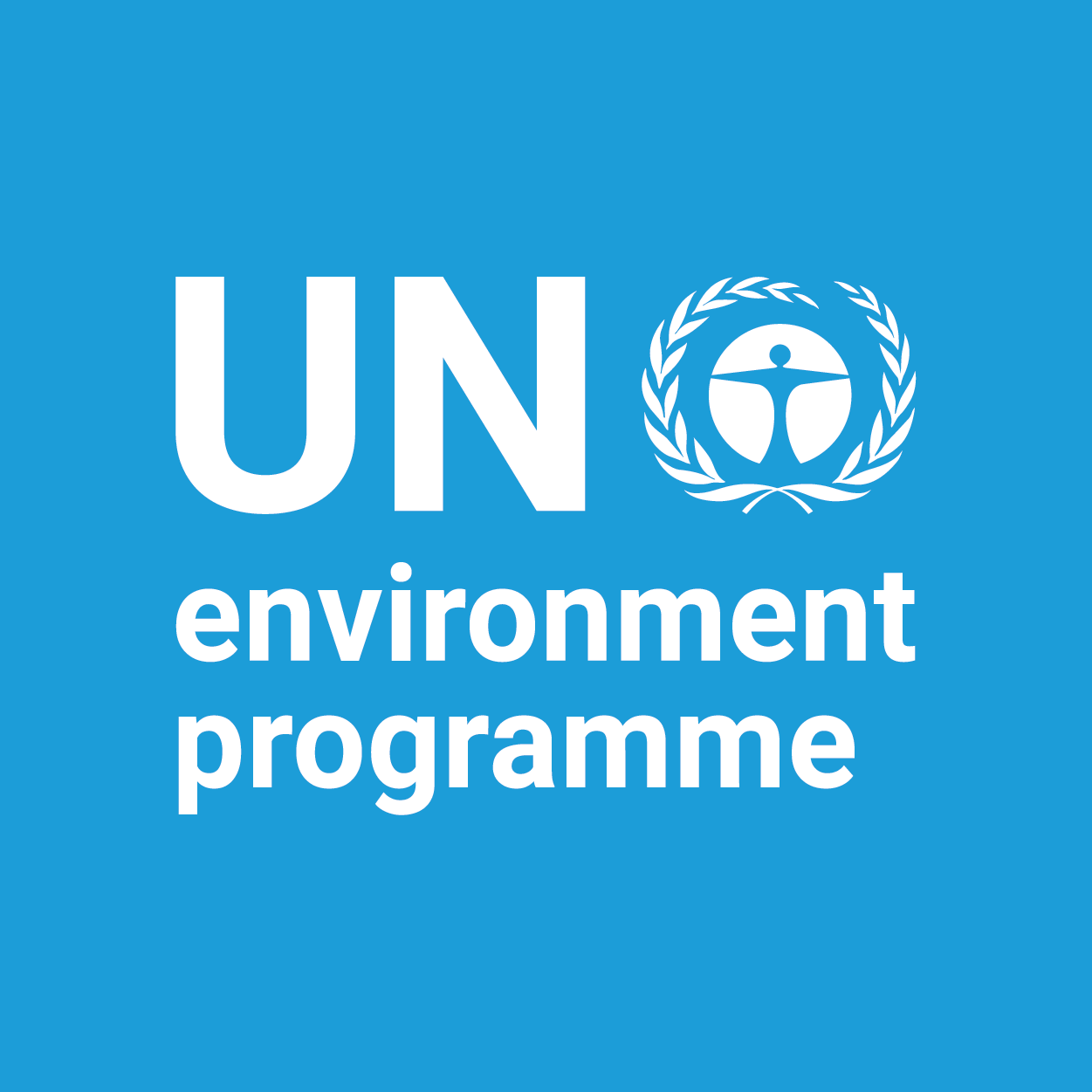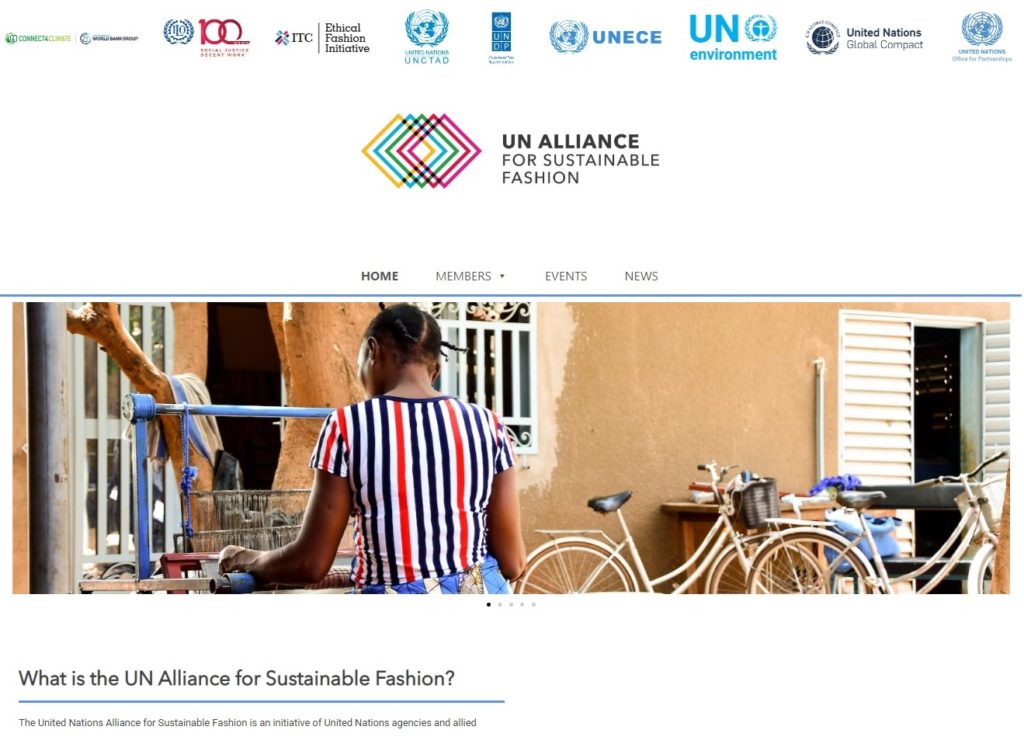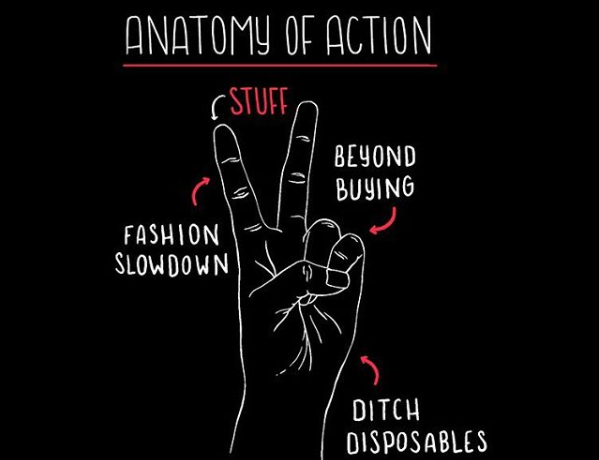In this page: Stories | Resources
The textiles industry has grown to become one of the largest global industries, with a sales value estimated at over $2.5 trillion in 2016. Annually, the industry produces approximately 80 billion garments and directly employs 60 to 75 million people worldwide, of which 75% are women.
Generally, sustainability considerations in the production of textiles have gained traction, particularly for labour issues. However, the global textile value chain is still far from closing loops and reducing its environmental impacts. With sales expected to grow further, accelerated through ever increasing demand for fast fashion, actions for a sustainable textile value chain, including new business models, are indispensable. In the current, mostly linear, system for producing, distributing, and using clothing more than $500 billion in value is lost from the system every year due to under-utilized clothes and the lack of recycling.
Hazardous substances in the value chain are a barrier to achieving circularity. Transparency on product’s chemical content, production history, and properties for use and after use is fundamental. The global growing fashion appetite has also a potential to be a highly visible engine for lifestyle change and consumer education.
It is estimated that eliminating today’s negative environmental and health impacts emanating from poor chemicals and facilities management in the textile industry would have an economic benefit of $8 billion annually in 2030.
Core areas of work for a sustainable and circular textile value chain include:
-
- Actions responding to consumption-related gaps, such as consumer information initiatives, raising awareness on products lifespan and alternatives for the extension of product lifetime (e.g. second hand market and repair), developing and incentivizing new business models that aim at increasing the lifespan of products;
- Actions responding to business models and innovation-related gaps, for example policies and legislative frameworks that incentivize and enable companies to shift to new business models (e.g. second hand market, upcycling, repair, service models);
- Actions responding to production, technology and transparency gaps including conducive policies, regulations & financing mechanisms as well as economic incentives.
Stories
Click below to learn about UNEP experience in building circularity:
Upcycling garment waste into shoes and bags
Philippines | 2018






